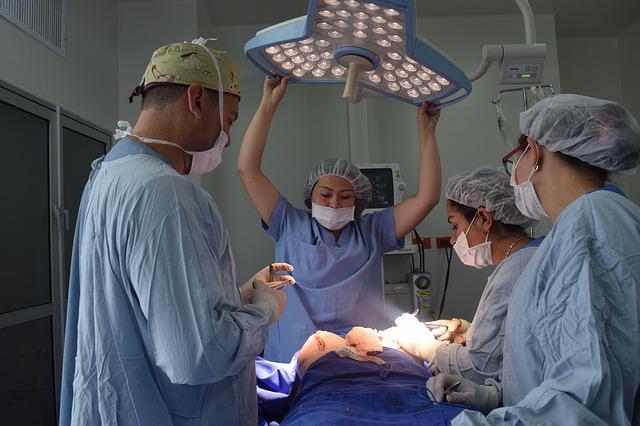
If you are considering having a genioplasty, there are some important things you need to know. This procedure can be very risky and you should fully understand your options. Below is a brief overview of Osseous, Sliding, and Non-Surgical Gynecologic Surgery. You should also know what to expect after your procedure.
Osseous genioplasty
Osseous Genioplasty is a popular cosmetic procedure for women looking to improve their appearance. The procedure is performed within the mouth, so there are no visible scarring. It usually takes around an hour. This procedure can also be performed as part of a facelift. This procedure can be performed alone or with other forms of plastic surgery to improve a patient's appearance. You can read more about osseous generation.
An osseous genioplasty is usually part of a larger procedure, such as a push-back or side-to-side movement. Most patients were satisfied with the results of the procedure. Active dental infections can cause jaw problems and should be treated before surgery. Patients should also disclose any past orthodontic or orthognathic surgery, as well as any medications or smoking habits.

Sliding genioplasty
Before performing sliding, the doctor will examine your medical history. They will also ask questions about what you expect from the procedure. Your surgical options may also be determined by X-rays of your jaw or CT images. A sliding genioplasty is typically a quick and relatively safe procedure once you have chosen a surgeon. There are possible complications. The most common are infection, bleeding, and an adverse reaction to anesthesia. Follow the pre-operative instructions to minimize your chances of developing these complications.
Your surgeon will first perform a cephalometric scan. Then, they will measure your chin. Cephalometric measurements help determine if you have overprojection, underprojection, or transverse asymmetries. A standard facial photograph will be taken to determine your transverse dimension asymmetry. If you suffer from one of these problems, a sliding surgery may be right for your needs.
Nonsurgical Genioplasty
If you want to improve the size of your chin but do not want to undergo an entire surgical procedure, you can opt for nonsurgical genioplasty. This is cosmetic surgery that involves moving a portion of the jaw forward and removing a part of it. This is a complex procedure that requires screws and plates to hold the jaw in place. Nonsurgical, on the contrary, is more straightforward because the surgeon treats your own bones.
Nonsurgical Genioplasty is available in two options. One method is the sliding technique. This involves a doctor making an incision below the chin, or under the lower lip. Another option is to position the chin bone via wires. This is performed for patients who have retrogenia or a receding neck. The recovery time varies depending on the type of procedure and the corrections performed.

Genioplasty: Risks
Genioplasty can have risks despite all its benefits. These risks include numbness at the chin and lower lips. This may persist for weeks to months and could even be permanent. The brain can adapt to the numbness, which is a common side effect of this procedure. If the pain or bleeding persists or continues, patients should follow the surgeon’s instructions.
There are many complications that can be associated with genioplasty. The most common is the temporary neurosensory disturbance (TND) of the inferior alveolar nervous. These complications can often be avoided by preoperative counseling. Sliding genioplasty is a procedure that moves the chin bone forward by moving it forward. It is best to avoid this procedure if you have any underlying medical conditions or are planning to undergo a genioplasty.